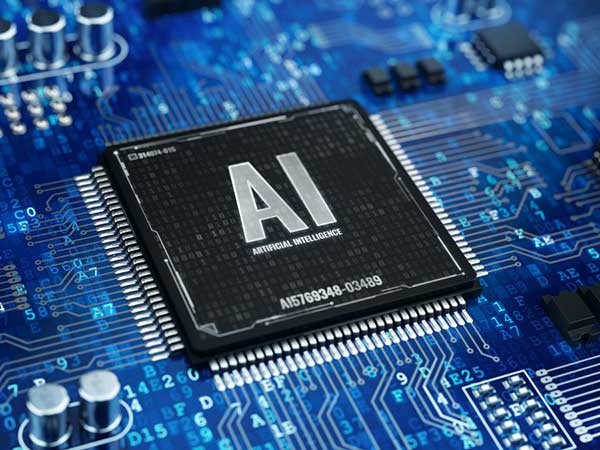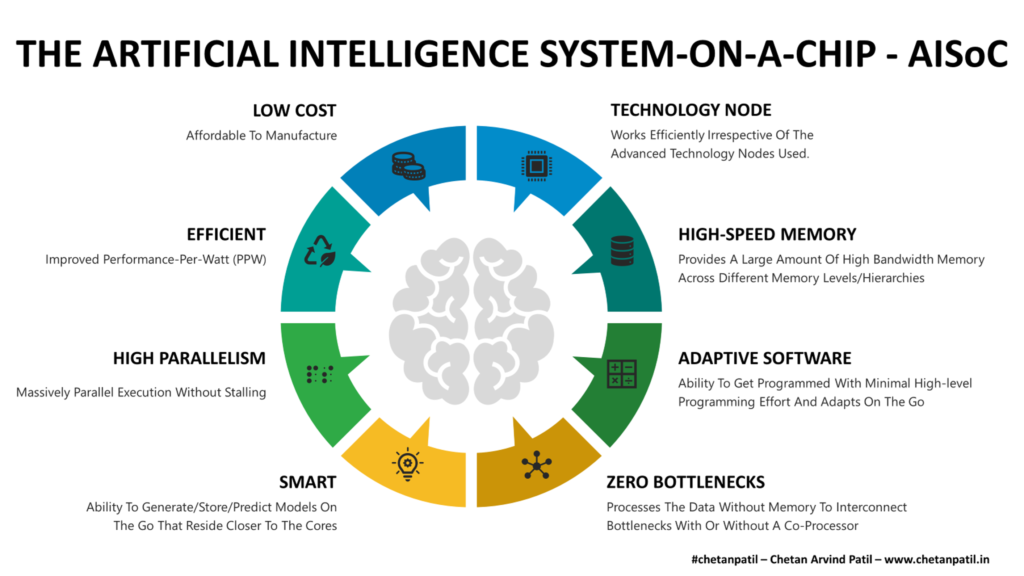Description

Disclaimer: Copyright infringement not intended.
Context
- The use of AI chips for NLP applications has increased due to the rise in demand for chatbots and online channels such as Messenger, Slack, and others that use NLP to analyse user messages and conversational logic.
Chip
- A microchip (also called a chip, a computer chip, an integrated circuit or IC) is a set of electronic circuits on a small flat piece of silicon. On the chip, transistors act as miniature electrical switches that can turn a current on or off.
- Microchips store computer memory or provide logic circuitry for microprocessors.
- It has electronic circuits on it and can hold large quantities of information or perform mathematical and logical operations.
What are AI chips?
- AI chips are built with specific architecture and have integrated AI acceleration to support deep learning-based applications. Deep learning, more commonly known as active neural network (ANN) or deep neural network (DNN), is a subset of machine learning and comes under the broader umbrella of AI.
- It combines a series of computer commands or algorithms that stimulate activity and brain structure.
- Deep learning can make the process of collecting, analysing, and interpreting enormous amounts of data faster and easier.
- These chips, with their hardware architectures and complementary packaging, memory, storage and interconnect technologies, make it possible to infuse AI into a broad spectrum of applications to help turn data into information and then into knowledge. There are different types of AI chips such as:
- Application-specific integrated circuits (asics),
- Field-programmable gate arrays (fpgas),
- Central processing units (cpus) and
- Gpus, designed for diverse AI applications.
How are they different from traditional chips?
- When traditional chips, containing processor cores and memory, perform computational tasks, they continuously move commands and data between the two hardware components.
- These chips, however, are not ideal for AI applications as they would not be able to handle higher computational necessities of AI workloads which have huge volumes of data.
- In comparison, AI chips generally contain processor cores as well as several AI-optimised cores that are designed to work in harmony when performing computational tasks.
- AI chips, enable smart devices to perform sophisticated deep learning tasks such as object detection and segmentation in real-time, with minimal power consumption.

https://epaper.thehindu.com/Home/ShareArticle?OrgId=GRK9RFEQF.1&imageview=0
Telegram channel link - https://t.me/+hJqMV1O0se03Njk9












